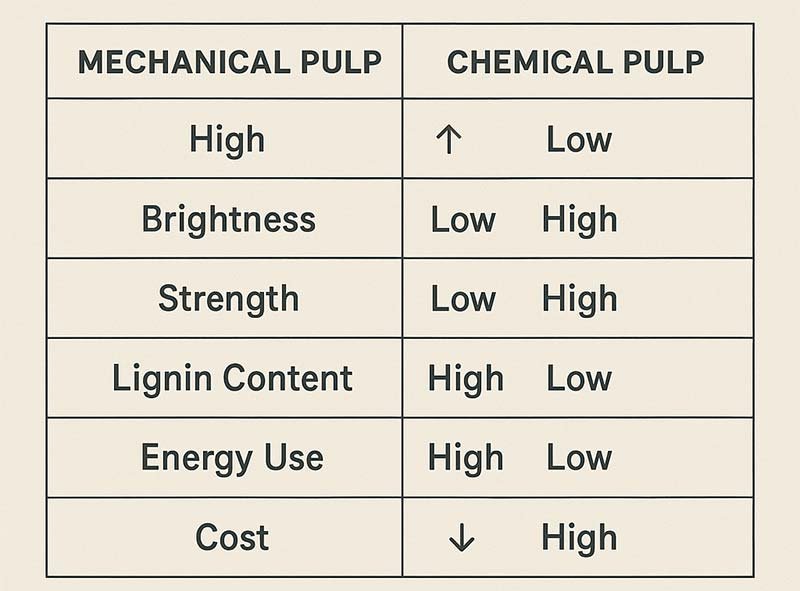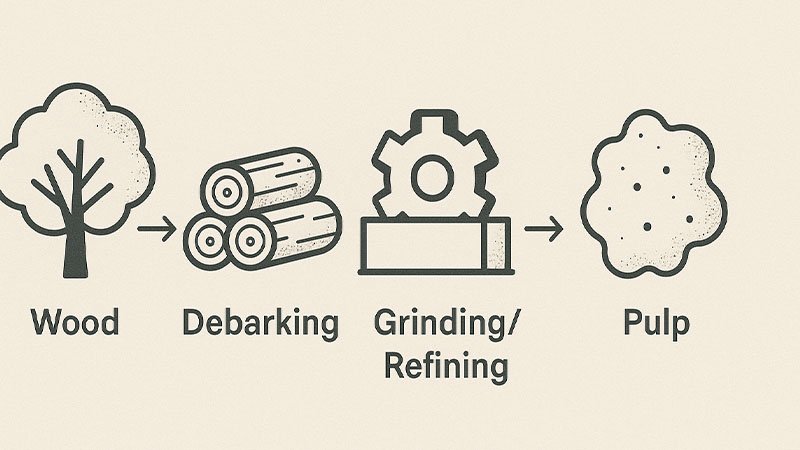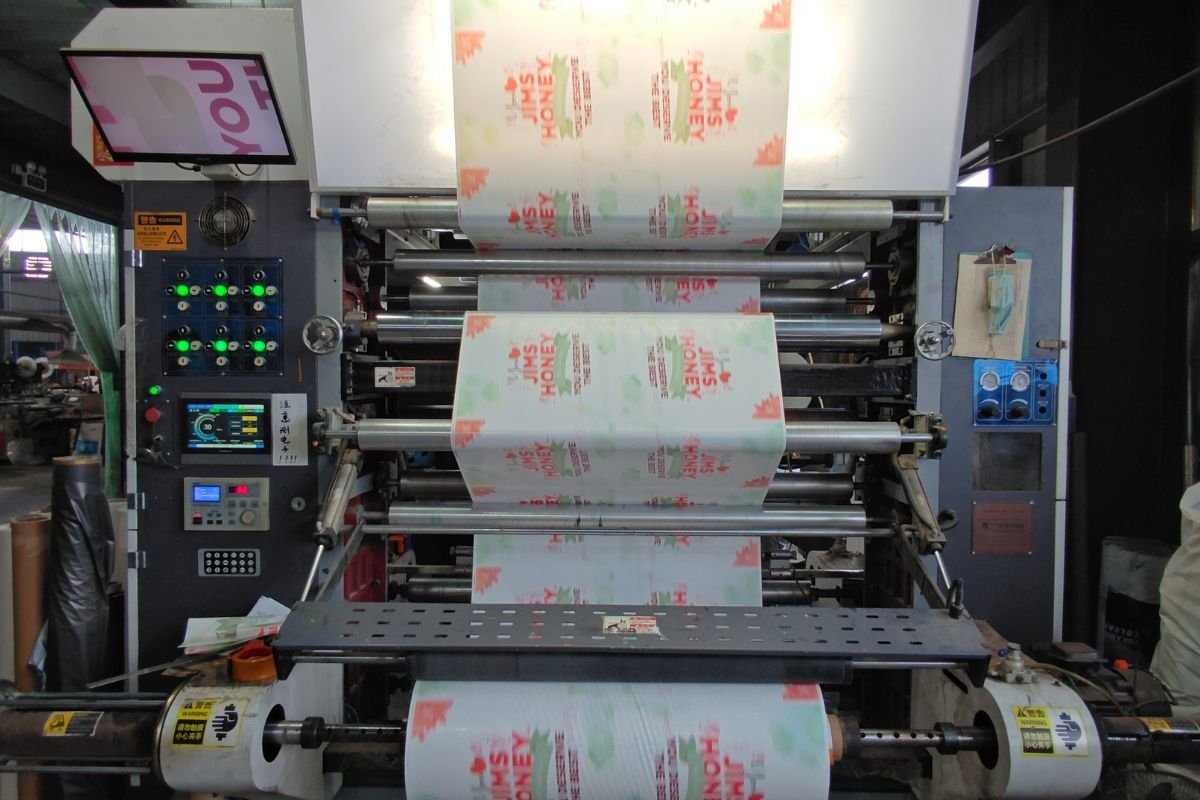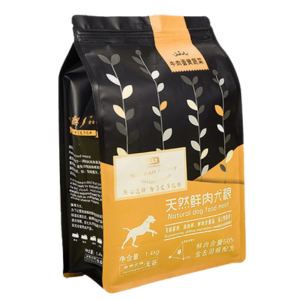Ever wonder what your paper bag was before it became… well, a bag? It started as a tree, then it got pulped. Understanding this step is key to quality, sustainability, and strength.
The pulping process turns raw wood or recycled materials into fiber suitable for papermaking. Mechanical, chemical, or semi-chemical pulping methods affect the paper’s durability, texture, and eco impact. At GreenWing, we use FSC-certified, sustainably pulped paper to guarantee strength and responsibility.
Let’s dive into the mix.
What Is Pulping and Why Is It Essential?
Pulping is the first stage of making paper. It breaks down raw material into a slurry of cellulose fibers.
This process determines:
- Paper quality
- Color and texture
- Environmental impact
Without proper pulping, your bag might look good but rip too easily or turn yellow under sunlight.
Types of Pulping Processes
There are three main pulping techniques:
- Mechanical Pulping
- High yield
- Lower strength
- Common in newspapers
- Chemical Pulping (e.g., Kraft Process)
- Lower yield
- High strength, no lignin
- Most used in paper bags
- Semi-Chemical Pulping
- Balance of cost and quality
- Used in corrugated materials
We mainly use kraft pulp for our bags—it’s strong, clean, and durable.

The Role of Virgin vs. Recycled Pulp
Virgin pulp comes straight from wood, while recycled pulp is made from used paper.
Pros of virgin pulp:
- Stronger fibers
- More consistent quality
- Bright appearance
Pros of recycled pulp:
- Lower environmental impact
- Suitable for non-food bags
- More affordable
At GreenWing, we blend both where appropriate and clearly label which is used.
How Pulping Affects Food Safety and Certifications
Paper made from food-safe virgin pulp is essential for:
- FDA compliance
- GB 4806.8-2016 standards
- No chemical contamination
We use clean pulp, free from fluorescent agents and heavy metals, certified for direct food contact.
Sustainability and the Pulping Process
Pulping can be energy- and water-intensive. That’s why we source from mills that:
- Use closed-loop systems
- Power with renewable energy
- Have FSC or PEFC certifications
Our partners reclaim up to 95% of pulping chemicals for reuse.
How to Ask Suppliers About Pulping
If you’re sourcing paper bags, ask:
- Is the pulp virgin, recycled, or mixed?
- Which process was used: mechanical or chemical?
- Is it certified by FSC or other bodies?
- Is it food-safe and compliant with local laws?
We include this info in our tech sheets, so you never have to guess.
Conclusion
Great paper bags start with great pulp. At GreenWing, we ensure the foundation is strong, sustainable, and safe. Because quality isn’t just skin deep—it starts at the fiber level.







